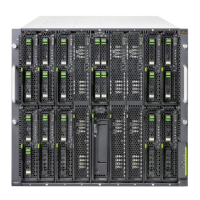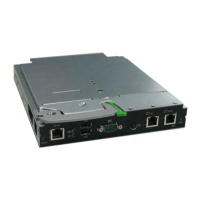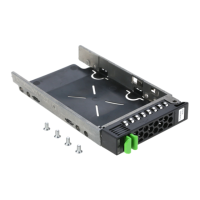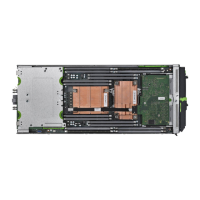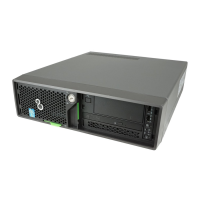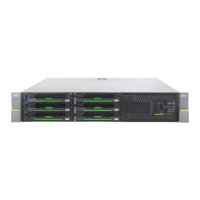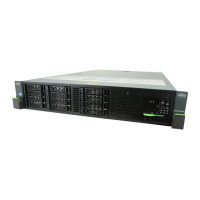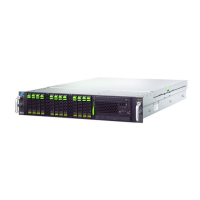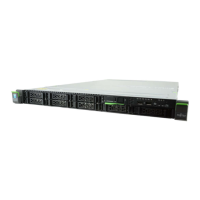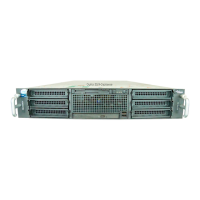© 2011 Fujitsu Technology Solutions
18
4 Packet handling in different group types
In IBP firmware version, it defines several groups, including Port groups, VLAN groups,
Service LAN, and Service VLAN. They provide different characteristics of handling packets.
Each group should combine an uplink set for its external connection. Packet handling in
different group types will be introduced in this chapter.
Port Groups
The downlink ports of Ethernet Connection Blade can be combined into Port Groups. Up to 36
port groups are available for the Ethernet Connection Blade with IBP firmware version. Each
Port Group could contain internal server ports (INT1-INT36).
All ports in a Port Group have the same configuration and are a member of a unique,
untagged/tagged VLAN. The packets are forwarded as it is received on Ethernet Connection
Blade, that is, tagged packets received from the server blades are forwarded include their tags
to all ports of the Port Group and untagged packets received from the server blades are
forwarded untagged to all ports of the Port Group. We call this as the VLAN transparent.
In addition, communication between Port Groups is not possible, nor is traffic from one group
visible in another group.
VLAN groups
The major difference to the traditional Port Group feature is that the grouping is defined on
VLAN base. It is similar to the port-based VLAN. Note that even though having identical VLAN
IDs, the VLANs in different VLAN port groups are different VLANs.
The incoming untagged packets received from the server blades will be tagged with the user
defined group VLAN tag and forwarded to the Uplink Set of the VLAN port group. The packets
leave the uplink(s) as tagged packets, the VLAN tag is not removed at the uplink(s). If the
server blade is sending tagged packets, they are dropped, except the tag is identical to the
defined Service VLAN ID. In this case it is handled according the Service VLAN definition,
forwarded to the Service VLAN Uplink Set.
The incoming tagged packets received at the uplink ports of VLAN port group are forwarded to
the downlink (server blade); according to their group VLAN tag definition. The tag is removed
at the downlink port, so that the server blades are receiving untagged packets. Packets tagged
with VLAN IDs other than defined by VLAN groups are dropped at the uplink(s), except those
tagged with the Service VLAN ID. They are handled according to Service VLAN group
definition.
Within the set of VLAN Port Groups sharing the same Uplink Set, one VLAN can be optionally
defined as “native VLAN”. This changes the tagging behavior at the uplink port for this native
VLAN ID. Incoming untagged packets are not dropped, but are tagged with the native VLAN ID
and forwarded to all the downlinks of this VLAN group. Incoming packets tagged with the
native VLAN ID are dropped at the uplink. Tagged packets with a VLAN ID that does not match
the VLAN ID of any other VLAN Port Group defined for this uplink set will be dropped. All
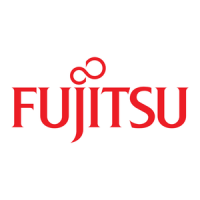
